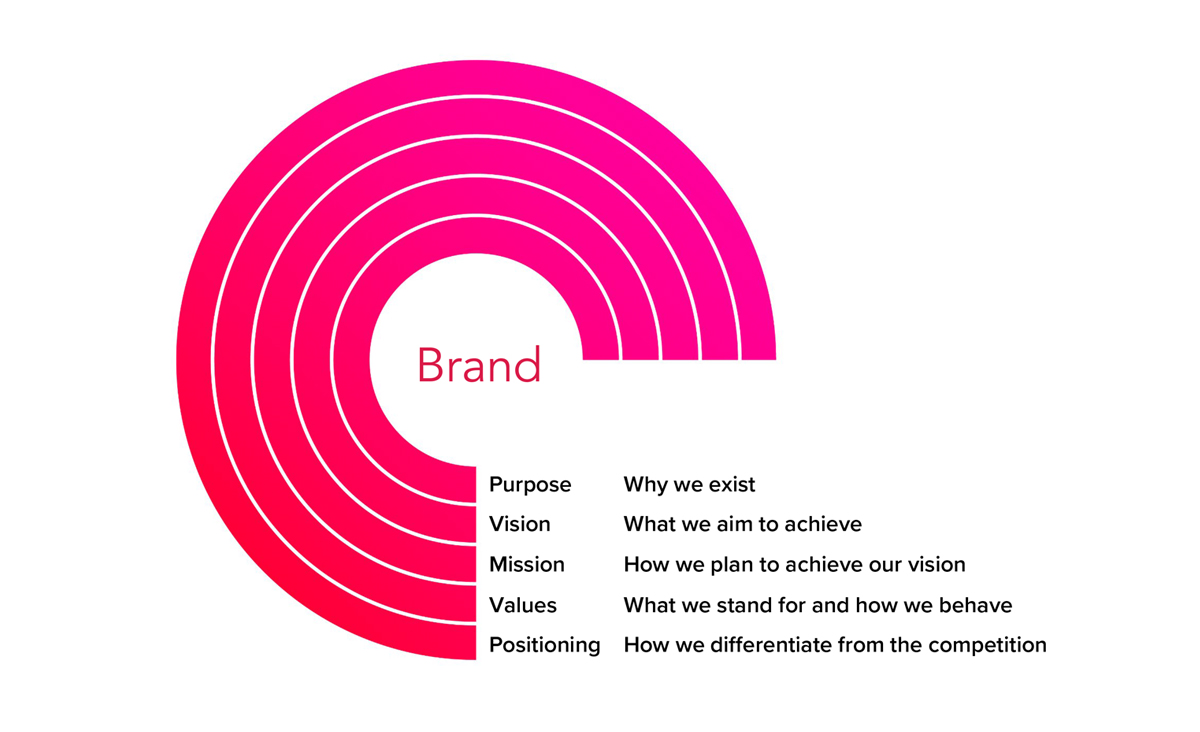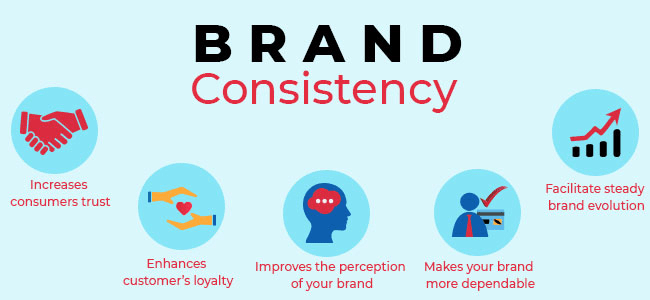How to Develop a Unique Brand Voice

In a competitive market, standing out is essential, and one of the best ways to do that is by developing a unique brand voice. Your brand voice is how your company communicates its personality, values, and mission through words, tone, and messaging. It’s what makes your business memorable and helps you connect with your target audience on a deeper level. In this blog, we’ll explore the steps to develop a distinctive brand voice that resonates with your customers and sets you apart from the competition.
Understand Your Audience
The first step to creating a unique brand voice is understanding who you’re speaking to. Are you targeting young professionals, families, or tech enthusiasts? Understanding your audience’s demographics, interests, and communication preferences helps you tailor your brand voice to match their expectations and engage them more effectively.

Define Your Brand’s Core Values and Mission
Your brand voice should reflect your company's values and mission. What does your business stand for? Whether it's sustainability, innovation, or customer-centricity, your core values should be consistently communicated through your voice. This creates a sense of authenticity and trust with your audience.

Analyze Competitors and Industry Leaders
While it’s essential to create a unique voice, analyzing the brand voices of competitors and industry leaders can offer valuable insights. Look at how they communicate with their audience, the tone they use, and the type of language they employ. This will help you identify opportunities to differentiate your voice from theirs and establish your own identity.

Choose the Right Tone
The tone of your brand voice will vary depending on your industry, audience, and platform. It could be formal, casual, playful, authoritative, or empathetic. Choose a tone that aligns with your brand values and the emotions you want to evoke in your audience.

Create a Brand Voice Guide
Consistency is key when developing a brand voice. A brand voice guide outlines the specific tone, style, and language to be used across all platforms, ensuring that everyone on your team communicates with the same voice. Include examples of dos and don’ts to provide clarity.

Incorporate Your Brand’s Personality
Your brand’s voice should have a distinct personality that reflects who you are as a company. Is your brand fun and quirky, serious and professional, or innovative and bold? Infuse your personality into your communications to make them more relatable and memorable.

Test and Adapt Your Voice
As your brand evolves, so might your brand voice. It’s important to continuously test how your audience responds to your messaging. Collect feedback, monitor engagement, and make adjustments as necessary to keep your voice fresh and aligned with your audience’s needs.

Stay Consistent Across All Platforms
Whether it’s your website, social media, email campaigns, or customer service interactions, maintaining a consistent brand voice across all platforms is crucial. This helps build brand recognition and trust with your audience. A cohesive voice creates a seamless experience for customers, no matter where they interact with your brand.

Conclusion
Developing a unique brand voice is essential to building a strong brand identity and connecting with your audience. By understanding your audience, defining your values, choosing the right tone, and maintaining consistency, you can craft a brand voice that resonates, engages, and stands out in the marketplace. Remember, your brand voice is more than just words—it’s the personality that defines your business.
Related Blogs
Store Branding Secrets: How to Design a Winning Store Branding Strategy
Crafting a compelling and cohesive brand identity is essential for any successful retail business.This presentation will guide you through the key elements of store branding, from defining your brand's positioning to designing an immersive in-store experience.



